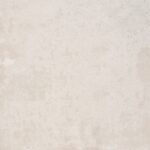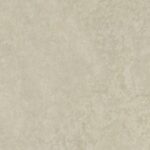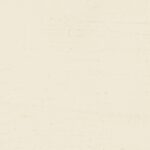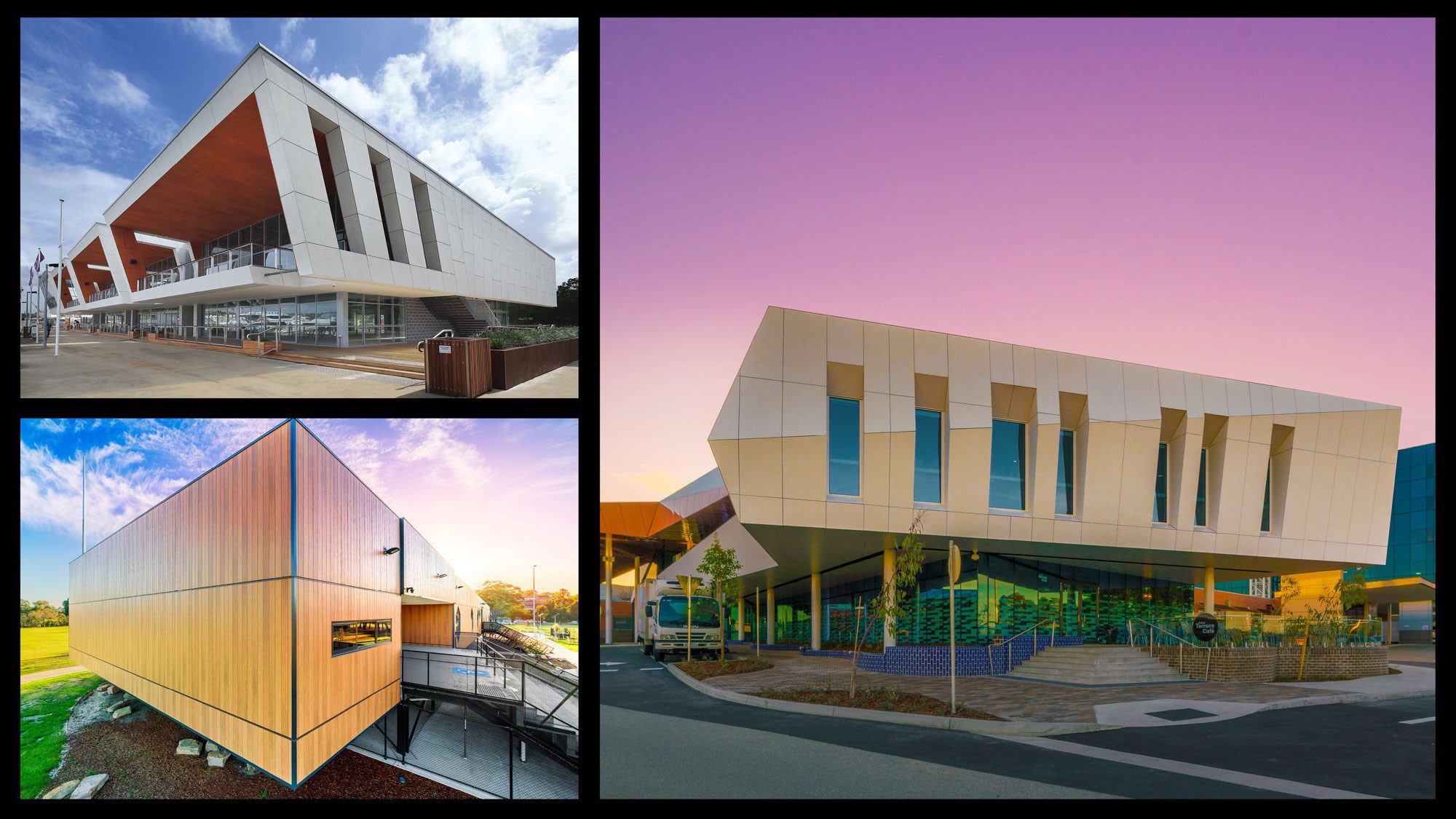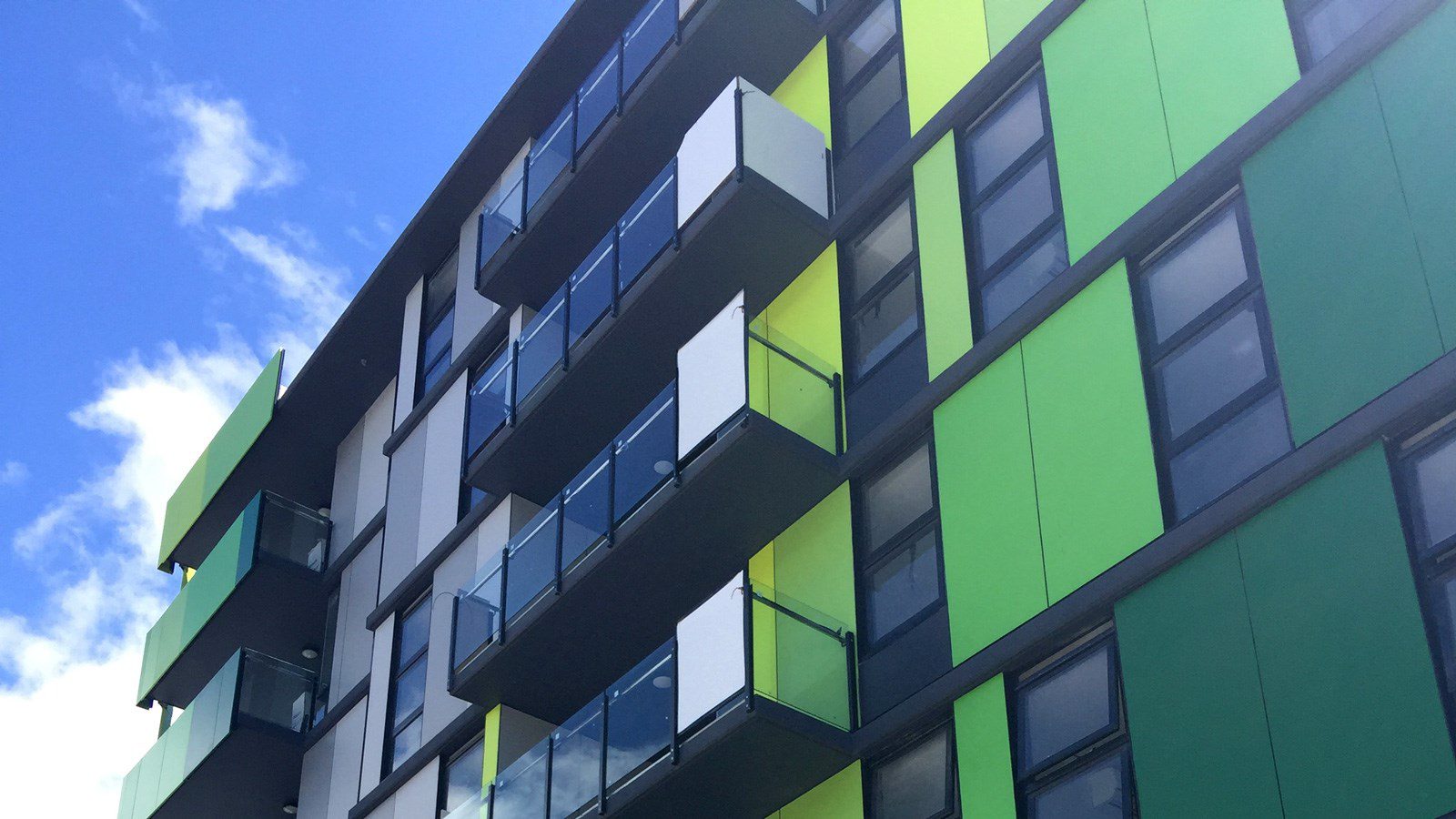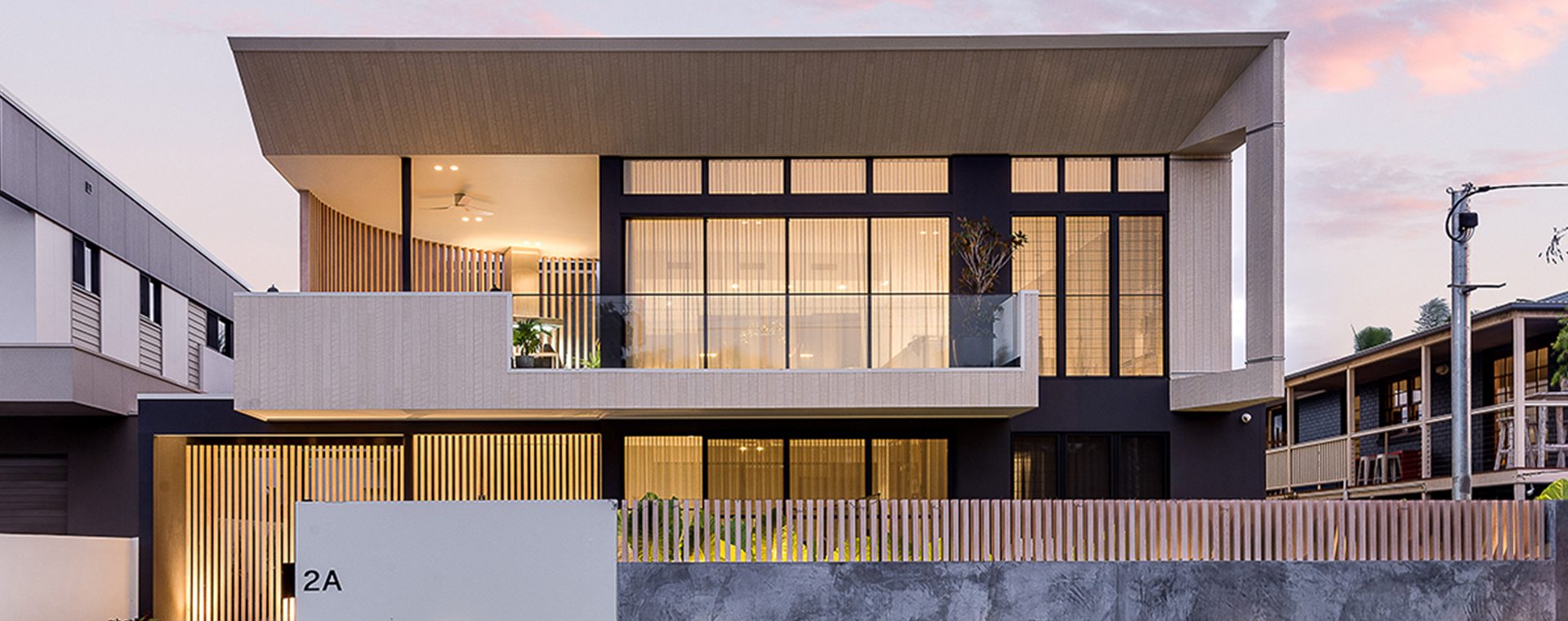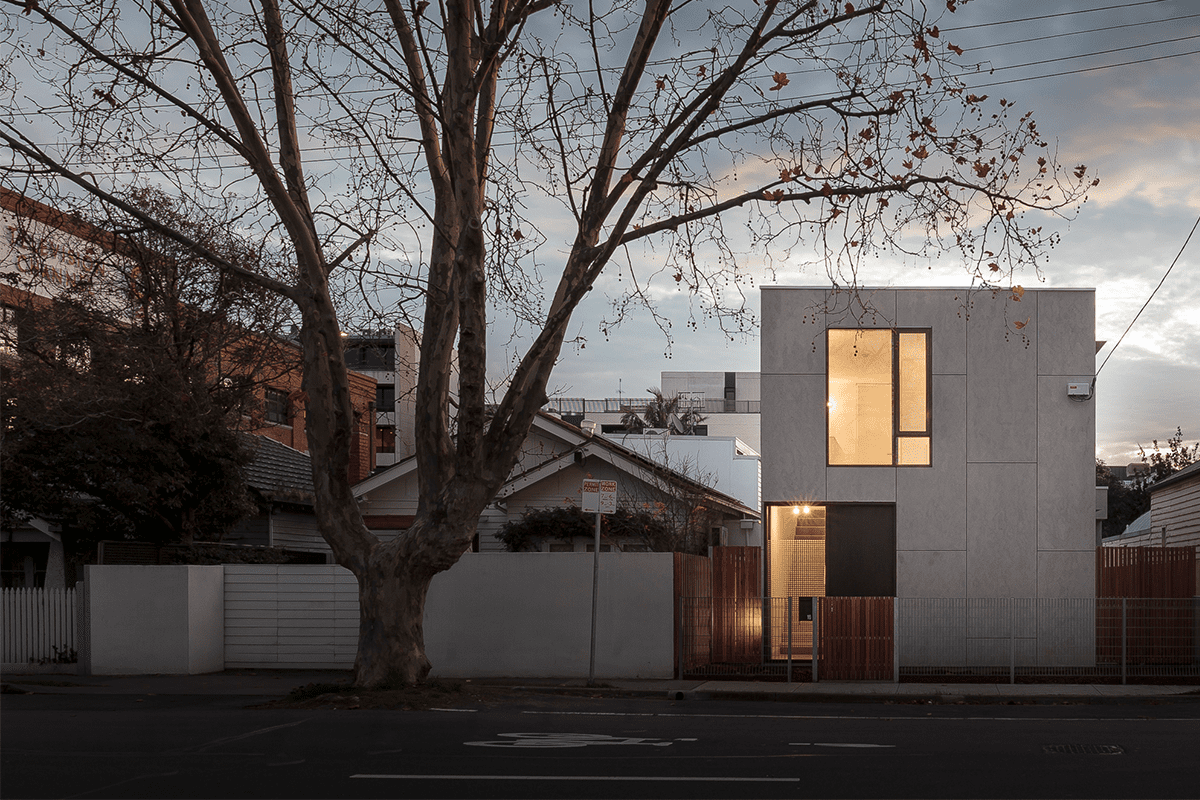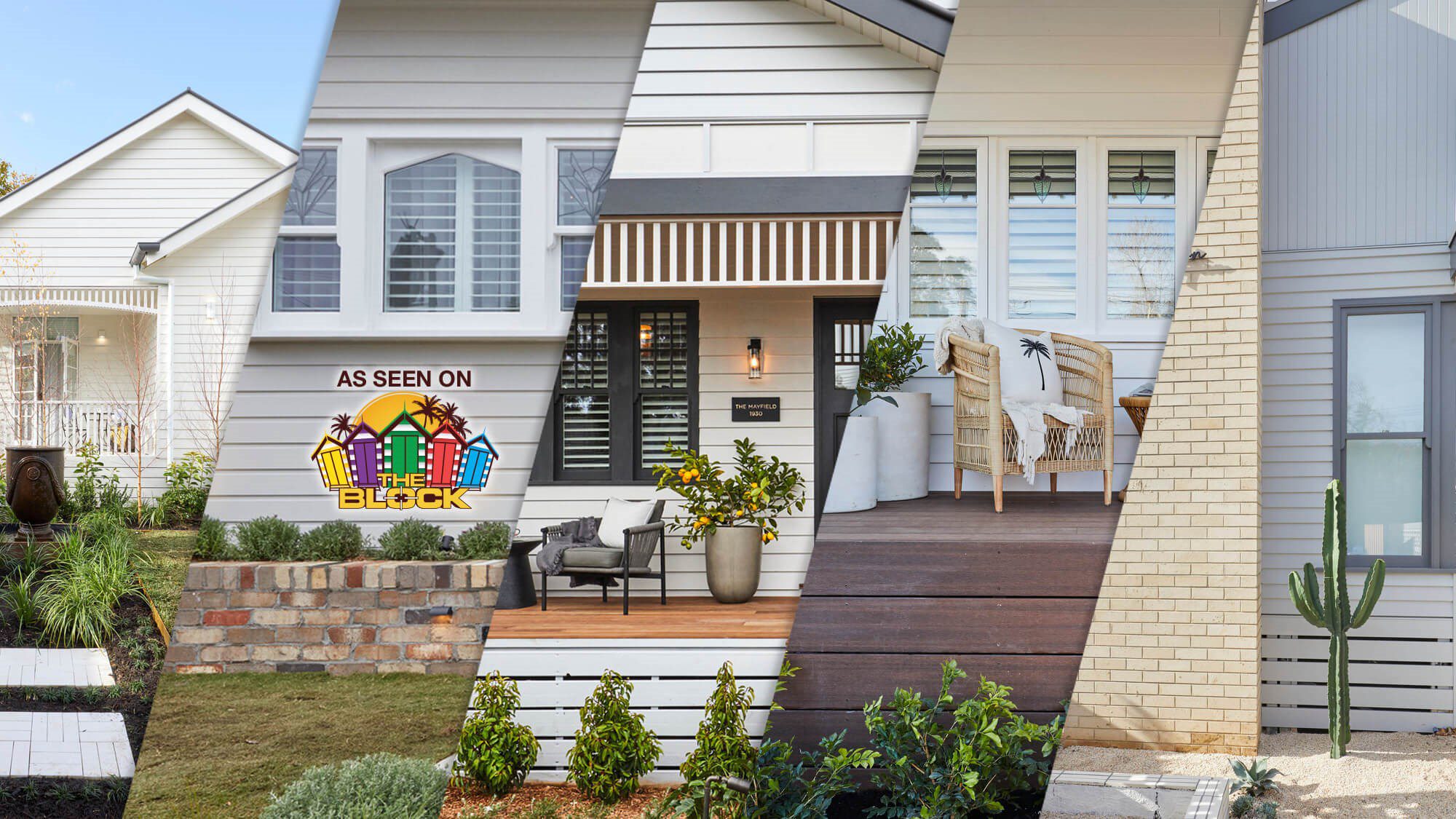Flooring underlays to protect and enhance.
Browse our range of Flooring Underlays below
A guide to internal and external fibre cement flooring substrates
Fibre cement flooring is an ideal substrate for tiled balconies and verandas as well as bathrooms. Timber flooring becomes risky with regular exposure to moisture. If it swells and expands tiles can crack and become loose.
Fibre cement is a remarkable material. It is resistant to swelling, warping, and rotting. It is very good in remaining dimensionally stable which reduces the risk of tiles cracking or becoming loose.
Balconies, verandas, laundries, and bathrooms are all considered wet areas. Cemintel has a range of durable fibre cement substrate flooring products to suit them including:
- Cemintel Constructafloor® External for balconies and verandas.
- Cemintel Constructafloor® Internal for laundries and bathrooms.
- Compressed Sheet flooring can be used for external and internal applications.
Being outdoors, tiled balconies and decks are expected to deal with rain. So much so that they should have a fall, to allow water to drain away.
Sort
Frequently asked questions
-
What is fibre cement flooring?
Fibre cement flooring panels are extra thick. They’re a solid load bearing substrate for tiled balconies and internal wet area floors. They’re installed to timber or lightweight steel joists.
There are two types of fibre cement flooring.
The first is traditional Compressed Fibre Cement (CFC) flooring with square edges. This is heavy and more time-consuming to install.
The second is more modern low-density tongue and groove fibre cement flooring which can be gun nailed. Constructafloor is more expensive, but the trade-off is that it is easier to install.
-
Is fibre cement waterproof?
Waterproof means impervious to water. Fibre cement isn’t impervious to water, but it doesn’t need to be. Fibre cement is water resistant and maintains a level of strength and stability if it encounters moisture. When installing tiles outdoors and in wet areas additional waterproofing is required.
-
What are the disadvantages of fibre cement flooring?
Compressed fibre cement is very heavy. The 18mm panels weigh 35 kilograms per square metre. The largest compressed fibre cement sheet is 1200 x 3000 x 18mm, and it weighs roughly 126 kilograms.
Constructafloor is lighter than CFC flooring. The 19mm thick panels are 25.5 kilograms per square metre. The 22mm thick panels are 28.6 kilos per square metre.
-
Can I use fibre cement board as flooring?
Fibre cement flooring is designed as a substrate. It’s not a floor covering. External fibre cement flooring can be finished with a variety of coverings. These include artificial grass, outdoor carpet, pebbles, tiles and even paving paint.
Take care to ensure trafficable surfaces are durable and non-slip.
-
How long does fibre cement flooring last?
Fibre cement is highly durable. Compressed Sheet flooring has a 25-year warranty. Constructafloor has a 10-year warranty.
Other applications
Residential
Commercial
Inspire
Latest topics, projects and people that help shape architecture, design, building and construction.
Speak to an expert
Simply complete the form to get in touch with one of our Cemintel experts.
